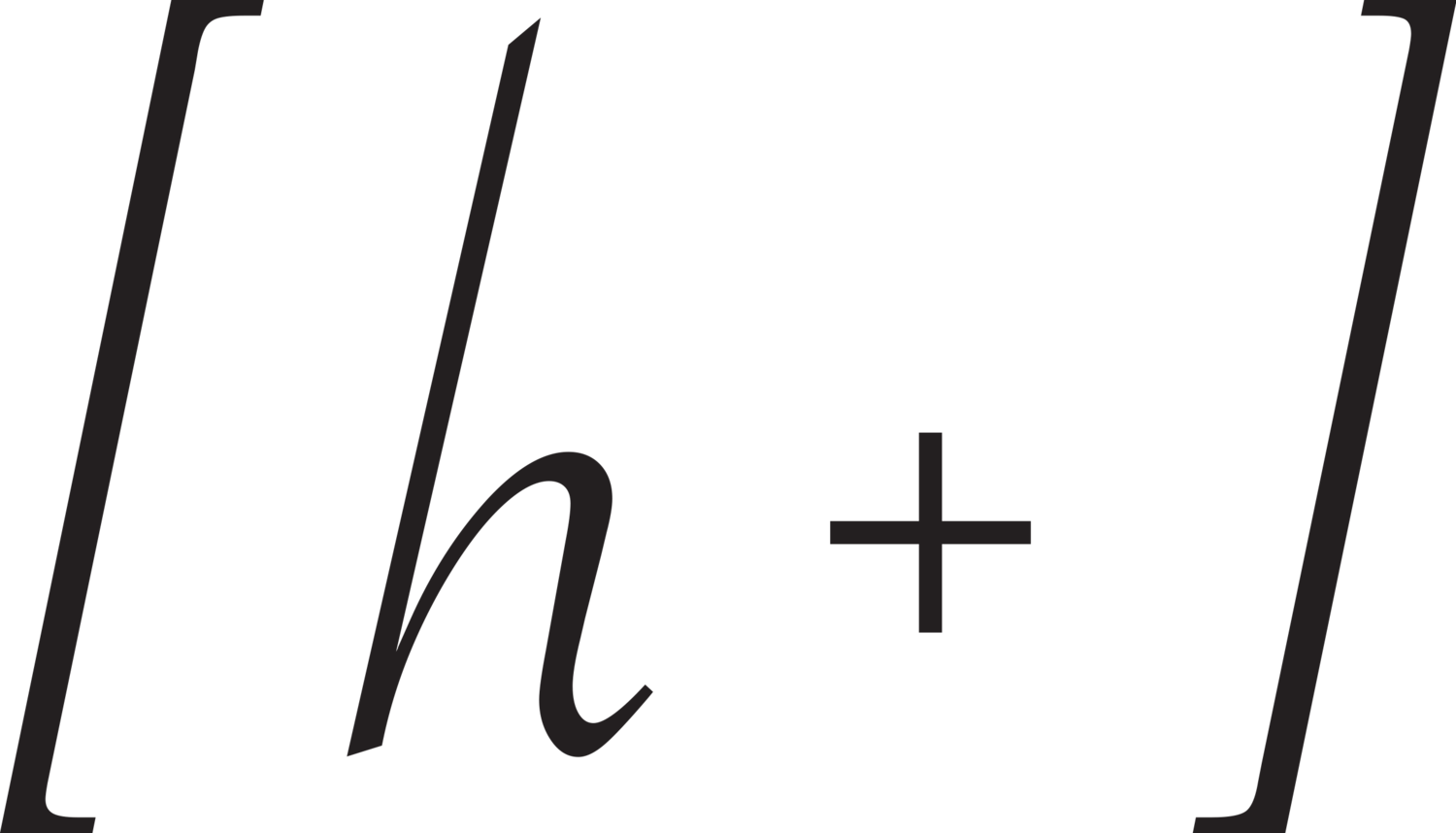How to turn a Strength Athlete into a Hybrid Athlete. Part 3 of 5.
Part 3: Work the other end of the Aerobic Spectrum with Threshold training.
Threshold training is the most misunderstood training modality, not just for Hybrid Athletes, but especially amongst former strength athletes.
But herein lies the opportunity…
You’ve heard me and many people talk about developing the Aerobic Base with plenty of Zone 2 type training, but, the term “aerobic” also covers the higher end of the bracket too - this could be referred to as “High Aerobic” or “Threshold”. This is delineated by Ventilatory Threshold 1, which is when we start to see slightly increased levels of lactate in the blood due to the beginnings of the need for the mitochondria to rely less on SMO2 (muscle based oxygen) and instead use lactate for fuel. This is because the work being performed by the athlete is beginning to outstrip the supply of oxygen to the working muscle mass.
Another way to think about where Threshold training sits on the spectrum of the energy systems is to delineate through ascribing levels of lactate that will be expected to be produced (this can be tested as close to real time as currently possible though lactate testing - basically a finger prick blood test similar to a glucose monitor):
Aerobic - below 2mmol
Threshold - 2 - 4 mmol
Intervals - Above (sometimes significantly) 4mmol
Here’s the reason why I think strength athletes struggle with threshold - they completely miss the nuance - partly because it’s poorly explained to them and partly because they jump straight to harder levels of intervals because of the belief of “more lactate is surely better” when they lack the ability to utilise the lactate through having a better developed aerobic system (build the floor out of the energy systems pyramid through zone 2, basically…).
“We” as a fitness body off professionals also need to update our understanding and training of the energy systems, especially with regards to the flawed concept of “A-lactate” intervals which strength athletes gravitate towards because they have the underlying strength to perform them with ease. “A-lactate”, or “before” lactate intervals, being short bursts of maximal output, with the thinking that the interval is short enough to not produce lactic acid - when in reality, it’s that the testing of the lactate isn’t quick enough to pick it up.
Higher levels of lactate in training means more recovery is needed - and whilst there is definitely a place for hard interval sessions in the greater context of a training programme, the biggest area of improvement for many non endurance types is to work the Lower and Higher Aerobic zones so that the athlete doesn’t have a low VT1 crossover point. Threshold (if done properly) can be layered into a training programme on multiple days, and in some cases twice in the same day because the athlete is able to recover better from a training session that has produced lower levels of lactate, whilst also spending crucial time in a zone that many strength athletes will either chronically undershoot or overshoot.
There are many ways to structure threshold, but performing multiple bouts of work from anywhere between 3 - 10 minutes, with 30s-120s active recovery in between seems to give the athlete the best ability to perform consistently across the whole session, rather than one continous effort.
I’d probably wait until the Strength athlete has had about 3 months of developing “some” Zone 2 into their training routine before jumping straight into threshold - this isn’t a hard and fast rule - but there has to be some ability to handle mechanical efficiency in running (better running economy, although “faster” running will help this too over time) and also to be able to utilise oxygen more efficiently in the muscle mass before trying to explicitly train in a modality that all about the lack of oxygen being used efficiently.
